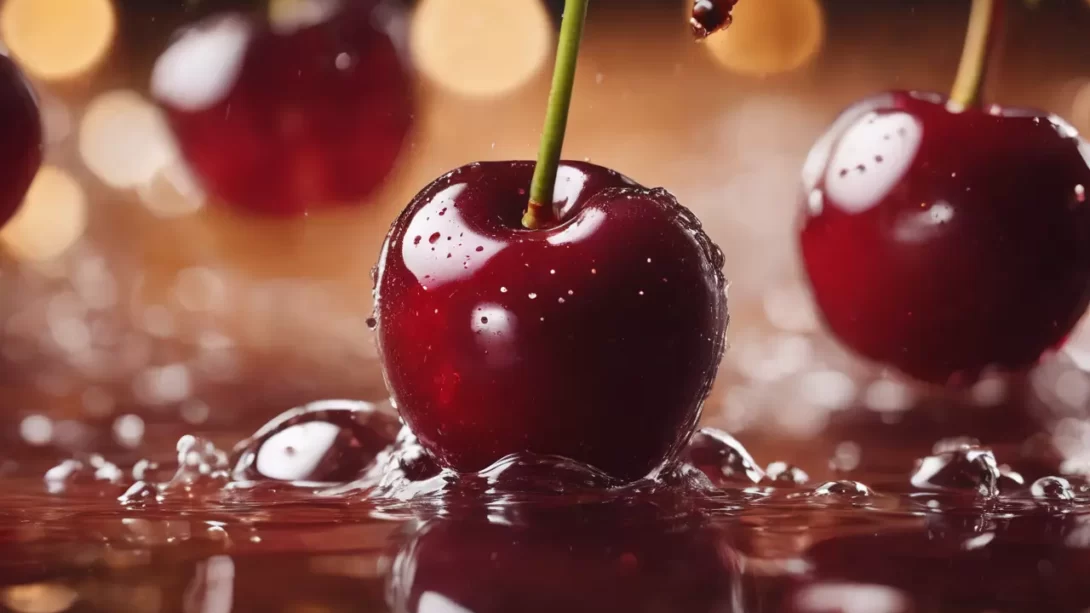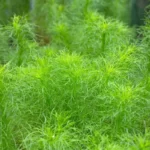Cherries are a beloved fruit known for their sweet flavor and vibrant color. Whether enjoyed fresh, in desserts, or as a part of a savory dish, cherries are a delightful addition to many meals. However, like all fruits, it’s essential to wash cherries properly before consumption to remove any dirt, pesticides, or other residues they may have on their surface.
When to Wash Cherries
It’s important to wash cherries just before you plan to eat or use them, not before storing them. Washing cherries and then storing them can introduce moisture, which can lead to mold growth and quicker spoilage. Therefore, delay washing until you’re ready to consume or cook with the cherries to maintain their freshness and longevity.
Preparing to Wash Cherries
Begin by choosing an appropriate colander or strainer to rinse your cherries. This allows you to wash a large batch simultaneously and ensures water can drain away quickly. Before washing, remove any stems or leaves still attached to the cherries. These can hold onto dirt and pesticides, so it’s best to eliminate them before the cleaning process.
Washing Technique
- Rinsing Under Cold Water
- Place the cherries in your colander or strainer.
- Hold the colander under cold, running tap water. Gently shake or stir the cherries with your hand to ensure all surfaces are rinsed.
- Be gentle to avoid bruising the delicate fruit. Continue rinsing for about 30 seconds to a minute, ensuring that each cherry gets thoroughly washed.
- Soaking Option
- For a deeper clean, especially if you’re concerned about pesticide residues, you can soak cherries in a solution of water and vinegar or baking soda.
- Mix one part of vinegar or a teaspoon of baking soda with three parts water in a large bowl. Submerge the cherries in the mixture and let them soak for 5 to 10 minutes.
- After soaking, rinse the cherries again under cold running water to remove any lingering taste of vinegar or baking soda.
Drying Cherries
After washing, it’s crucial to dry cherries properly to prevent any potential spoilage caused by excess moisture. Here are effective methods to dry them:
- Using a Salad Spinner: If you have a salad spinner, gently place the washed cherries in the basket and spin them. This method is effective in removing most of the water without damaging the fruit. Be sure to do this gently to avoid bruising the cherries.
- Air Drying on a Clean Towel: Lay out a clean kitchen towel or paper towels on a flat surface. Spread the cherries in a single layer on the towel, giving them space so they are not touching each other. Leave them to air dry for a few minutes. You can also gently pat the cherries with another towel to speed up the process.
- Avoid Prolonged Exposure to Sunlight: While air drying, avoid placing the cherries in direct sunlight, as this could warm them up too much and potentially spoil them, especially if they are left out for an extended period.
Additional Cleaning Tips
For those who have organic or home-grown cherries, the washing process remains largely the same, though these cherries may have less exposure to pesticides. However, it’s still important to wash them to remove any natural residues or dirt.
After washing and drying, handle the cherries with care. If you’re not going to consume them immediately, store them in the refrigerator in a clean container. Avoid sealing them completely as a bit of air circulation helps keep them fresh. Be mindful not to compress or overcrowd them in the container, which can lead to bruising and faster decay.
Conclusion
Properly washing cherries is a simple yet essential process for enjoying this delicious fruit safely and healthily. Remember to wash your cherries just before you’re ready to eat or use them to avoid premature spoilage. Use a colander or strainer for effective rinsing under cold running water, and consider a vinegar or baking soda soak for a deeper clean, especially if you’re concerned about pesticide residues.
Drying the cherries thoroughly after washing is as important as the washing itself. Whether you use a salad spinner or air dry them on a clean towel, ensure they are completely dry before storing or consuming them. This step is crucial to prevent mold growth and extend the shelf life of your cherries.
When storing, keep the cherries in a partially open container in the refrigerator to maintain freshness. Handle them gently to avoid bruising, which can also lead to quicker spoilage.
By following these straightforward steps, you can ensure that your cherries are not only delicious but also clean and safe to eat. Whether enjoyed fresh, in a salad, or as part of a dessert, properly washed cherries are a delightful treat that epitomizes the tastes of summer.




